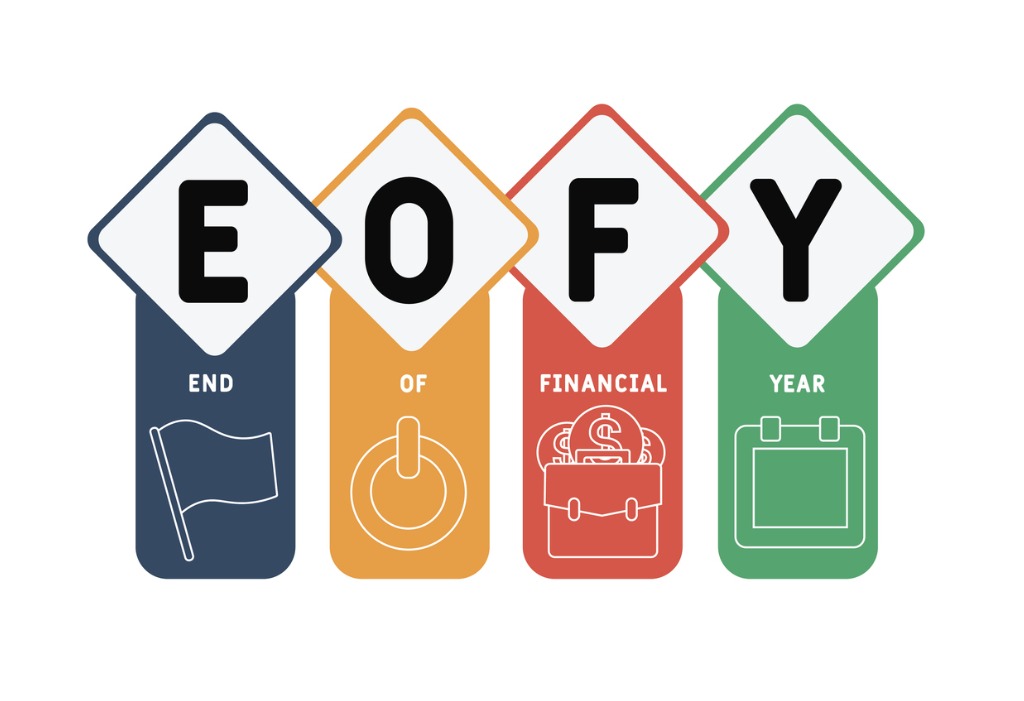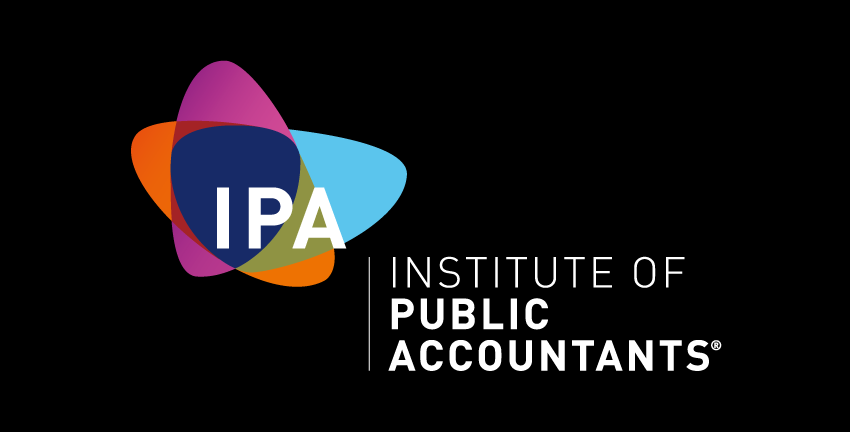
As the end of the 2025 financial year fast approaches, it’s time for SME business owners to tie up loose ends and prepare for a clean start in the new year. At Wear Accountants we know EOFY can feel overwhelming—especially when you’re juggling payroll, super, BAS, and tax returns on top of running your business.
Here’s your simple, no-nonsense guide to getting everything lodged, submitted and paid—on time and without surprises.

Complete all adjustments to salaries and wages and get ready for STP Finalisation
STP Finalisation is due next financial year – 14 July 2025 – but it’s directly tied to EOFY!
Under Single Touch Payroll (STP), employers must finalise employees’ 2024–25 income by 14 July 2025. This ensures their income statements are marked as “Tax Ready” with the ATO so employees can lodge their personal tax returns.
Make sure your payroll data is accurate, and remember to include:
- Bonuses or commissions
- Allowances
- Fringe benefits (if applicable)
- Termination payments
Once you’ve finalised the payroll at the end of the year, you shouldn’t have to change it. This is because with STP your information is filed automatically with the ATO and recorded against employees’ tax file numbers.
This means that any adjustments to owners’ salaries or close family members needs to be done before the end of the year. Historically, this may have been done a little after year end as part of a strategy to minimise your tax. We now must get ahead of this and do it before 30 June or we miss out.
This is the same for any team members as well. If you want to adjust their income with, say, a bonus that you want to include as a deduction against your profit for 30 June, then you need to make sure you adjust the usual pay-run or you can prepare an (additional) unscheduled pay-run before processing your year-end payroll.

Complete all adjustments to superannuation and PAY EARLY for tax deduction this year
Check that you have properly recorded the SGC component and salary sacrifice amounts.
Make sure you’ve caught up on any failed or returned auto payments; if you haven’t paid SG on time then you’ll need to complete and lodge an SGC statement. Note that the SGC is more than the super you would have otherwise paid to the employee’s fund and is not tax deductible.
If an employee hasn’t provided their super fund details, you’ll have to search for their employee stapled fund (ATO website).
Extra superannuation payments are a great strategy for reducing tax while making use of your annual superannuation contribution limits, helping you build your nest egg for retirement.
But these amounts must be calculated, properly reported, and processed before completing your payroll at year end.
If you want to claim a deduction on super accruals for the 2024-25 financial year, make sure you process any outstanding payments and allow enough time for the contributions to reach the super funds before 30 June 25. Each of the clearing houses have their own cut-off dates.
Xero for example are saying you need to process your super payment by 2.00pm on 20 June 25. Your clearing house should be sending you notifications about their recommended payment date.
And then, you can process the balance of your super payment for any pay-runs processed between the 20th to 30th of June by the due date of 28 July 25.

Reconcile your payroll summary reports and check Payroll Tax
After you’ve finished adjusting your payroll and completed any pay-runs for the financial year, it’s time to reconcile your payroll reports with the financial accounts.
This will make sure we haven’t missed anything and that there are no errors. The best way to do it is to prepare the payroll summary reports for the year and compare that with your general ledger reports for the same period.
It’s also time to prepare your your annual payroll tax reconciliation. If you’re not already registered you should check whether you are required to register based on your level of taxable wages. Payroll tax rates and thresholds vary between the States and Territories. Remember to check the grouping requirements, contractor provisions and employment agents.
Your bookkeeper should know how to do this, or if you’d like some help doing this then please reach out.
FInal Tip: Don't go it alone!
EOFY is more than just ticking boxes—it’s your chance to review your business performance, clean up your records, and make smart financial decisions for the year ahead.
Need help? Wear Accountants is here to guide clients through the entire EOFY process—from tax minimisation to payroll finalisation, super compliance and everything in between.


